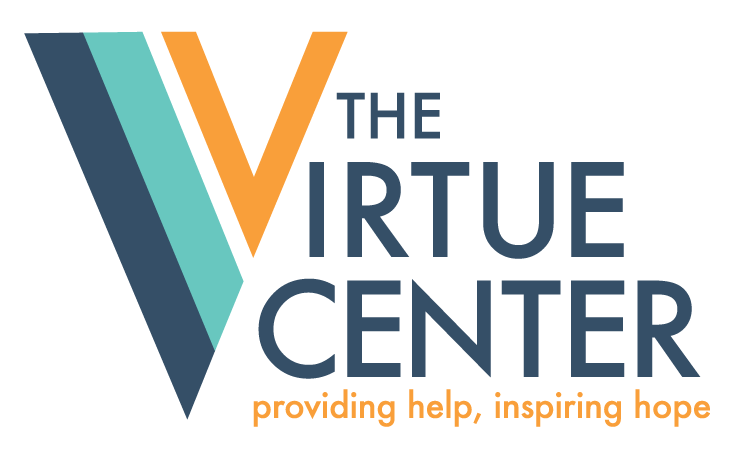Smashing the Stigma
Smashing the Stigma of Substance Use Disorder: Language Matters
Substance use disorder is a brain disease. How many brain diseases are there where the person is blamed and looked down upon? In 1956, the American Medical Association recognized that alcoholism is a disease based on scientific criteria: The disease of alcoholism is primary; it is a chronic disease for which there is no cure, but both recovery and relapse are possible; without recovery, the disease progresses and can cause death. Since then, overwhelming research has been conducted on the effects addiction on the brain, and that is for another day. The Oklahoma Department of Mental Health and Substance Abuse Services reports that addiction is Oklahoma’s number one public health challenge. However, the stigma of addiction continues. Many people still look at it as a personal choice or a moral failing instead of the brain disease that science has proven it is. How we use language and words when speaking about addiction can have a tremendous impact on smashing the stigma of substance use disorder.
Language is powerful, and the words we choose reflect our attitudes and beliefs whether we are aware of it or not. The National Institute on Drug Abuse (NIDA) defines stigma as “a discrimination against an identifiable group of people, a place, or a nation. Stigma about people with Substance Use Disorder might include inaccurate or unfounded thoughts like they are dangerous, incapable of managing treatment, or at fault for their condition.” Many stereotypes remain about what someone with substance use disorder looks like – a criminal; living on the streets; poverty-stricken…. The reality is that there is no stereotype of what someone with this disease looks like. People impacted by this health issue come from all walks of lives, socioeconomic backgrounds, ethnicities, genders, races…. People who experience addiction are our siblings; our spouses; our parents; our friends; our children; our co-workers, etc. No one of is immune.
Remember the old saying “Sticks and stones may break my bones but words will never hurt me.” However, words do hurt tremendously. NIDA recommends using person-first language and let each person choose how they are described. “Person-first language maintains the integrity of individuals as whole human beings – by removing language that equates people to their condition or has negative connotations. For example, “person with a substance use disorder” has a neutral tone and distinguishes the person from his or diagnosis.”
A few practical examples from NIDA include saying:
· Person with substance use disorder instead of addict
· Patient instead of substance or drug user
· Person in active use; use the person’s name, and then say “is in active use” instead of junkie
· Person in recovery or long-term recovery instead of reformed addict
It takes practice and intention so of course; it feels odd at first. The pay-off is worth it. The more we destigmatize substance use disorder and take the shame and blame out of it, the more people will be encouraged to get help; the more lives will be saved; and more families will be reunited and healthy. We don’t need to be perfect. We just need to try. For more information, visit www.nida.nih.gov.
Written by Teresa Collado, MHR, the executive director of The Virtue Center.
